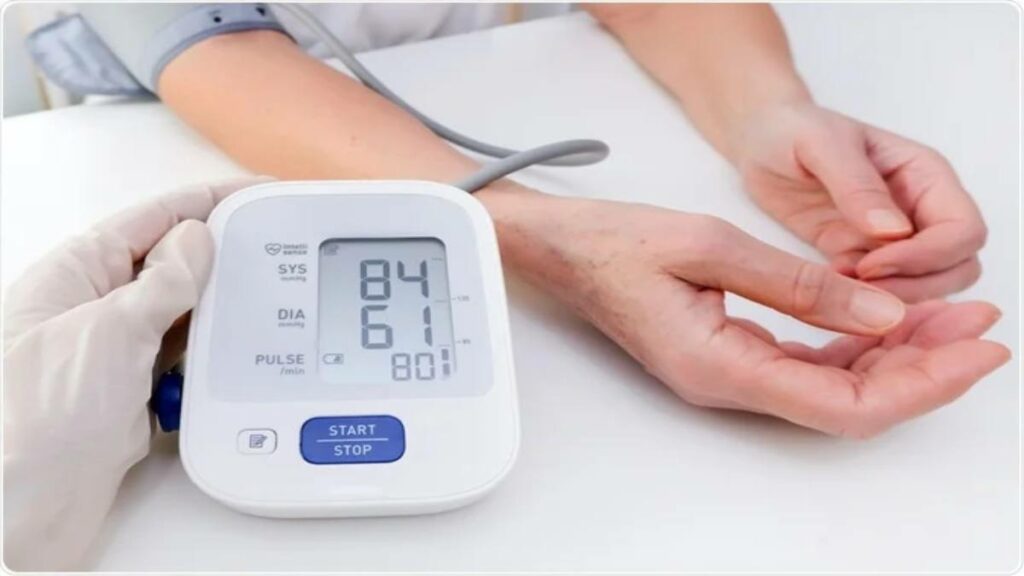You might be benefiting your health if you adore marinara, always top your tacos with pico de gallo, and can’t eat a sandwich without a few tomato slices. Studies reveal that tomatoes have several health benefits, including the potential to reduce blood pressure.
People without high blood pressure who regularly ate raw tomatoes and dishes that featured tomatoes had a 36% lower likelihood of acquiring high blood pressure than those who didn’t consume as many tomatoes, according to a 2023 study published in the European Journal of Preventive Cardiology.
Additionally, the study demonstrated that a moderate tomato diet lowered blood pressure in those who had hypertension.
“This study underscores what most would consider intuitive regarding all fruits and vegetables: they’re beneficial for health,” says Maggie Lyon, RD-CDN, a practitioner in residence at the University of New Haven School of Health Sciences. “Besides being functional foods, tomatoes are a culinary cornerstone and among the most versatile ingredients.”
According to Tamar Samuels, RD, co-founder of Culina Health, researchers think that tomatoes’ high potassium content and antioxidant chemicals, particularly lycopene, are what reduce blood pressure.
Dietitians advise consuming tomatoes as part of a well-balanced diet that includes whole grains, lean protein, and other fruits and vegetables. This will provide numerous health benefits. Take a look at the health advantages of tomatoes and more methods you can lower your blood pressure with food.
Numerous Additional Health Benefits of Tomatoes
According to Samuels, research indicates that tomatoes and tomato-based products can help lower blood pressure as well as have anti-cancer properties and lessen your risk of developing gastrointestinal, neurological, and cardiovascular disorders. They can also strengthen your immune system, help you recuperate from exercise, and enhance your skin’s quality.
Megan Meyer, Ph.D., a scientific communication consultant, states that tomatoes are rich in antioxidants like lycopene and beta-carotene that have been linked to health benefits. They also include potassium, vitamin K, folate, and vitamin C, among other micronutrients.
According to Lyon, lycopene, the pigment that gives tomatoes their red color, can help lessen cellular damage and decrease inflammation.
An additional benefit: a medium-sized tomato has roughly 1.5 grams of fiber. According to Meyer, adding more tomatoes to your diet can help you reach your daily fiber guidelines, which are roughly 25 grams for women and 38 grams for men. This is because the majority of Americans do not consume enough fiber.
How Changing Your Diet Can Lower Your Blood Pressure
Lowering blood pressure can also be achieved by emphasizing whole grains, beans, low-fat dairy, vegetable oils, and low-saturated fat proteins like fish.
A well-researched nutrition strategy for monitoring and treating high blood pressure, according to Samuels, is the Dietary Approaches to Stopping Hypertension (DASH) eating pattern.
Research demonstrates that following the DASH diet can lower blood pressure by 3 mmHg in the diastolic range and 5.5 mmHg in the systolic range, which is the top number on your blood pressure reading.
Eating a lot of non-starchy fruits and vegetables, together with modest amounts of whole grains, lean meats, poultry, beans, eggs, fish, nuts, and seeds, as well as healthy fats like olive oil, is the main goal of the DASH diet.
According to Samuels, cutting back on salt is essential for controlling high blood pressure and is included in the DASH diet. The recommended daily intake of sodium for most people is 2,300 mg, or around one teaspoon; for those who are sensitive to salt, the recommended daily intake is 1,500 mg.
Reducing your consumption of highly processed foods such as frozen dinners, chips, baked goods, and fast food is one method to reduce your salt intake, according to Samuels. “To reduce your sodium intake, focus on consuming smaller portions, less frequently—you don’t need to avoid these foods entirely.”
To lessen cravings, Samuels advises avoiding added sugar as well as cutting back on sweets to five or fewer servings each week.
She continues, “The DASH diet also suggests consuming no more than one serving of alcohol per day, which is equivalent to a 12-ounce beer, five ounces of wine, or 1.5 ounces of liquor.”
Why You Must Continue to Consult Your Physician
According to Meyer, you can effectively lower your blood pressure and manage high blood pressure by making dietary and lifestyle adjustments. It may possibly help you postpone or completely stop taking blood pressure-lowering drugs.
Nonetheless, Lyon advises against adopting significant dietary or lifestyle changes without first consulting your doctor. You should also never discontinue taking medication without first consulting your physician.
Remember that a number of factors, such as degree of physical activity, stress, food, smoking, and alcohol consumption, contribute to high blood pressure. To effectively treat their disease, many people may require a combination of dietary, lifestyle, and pharmacological changes, as Samuels explains.

